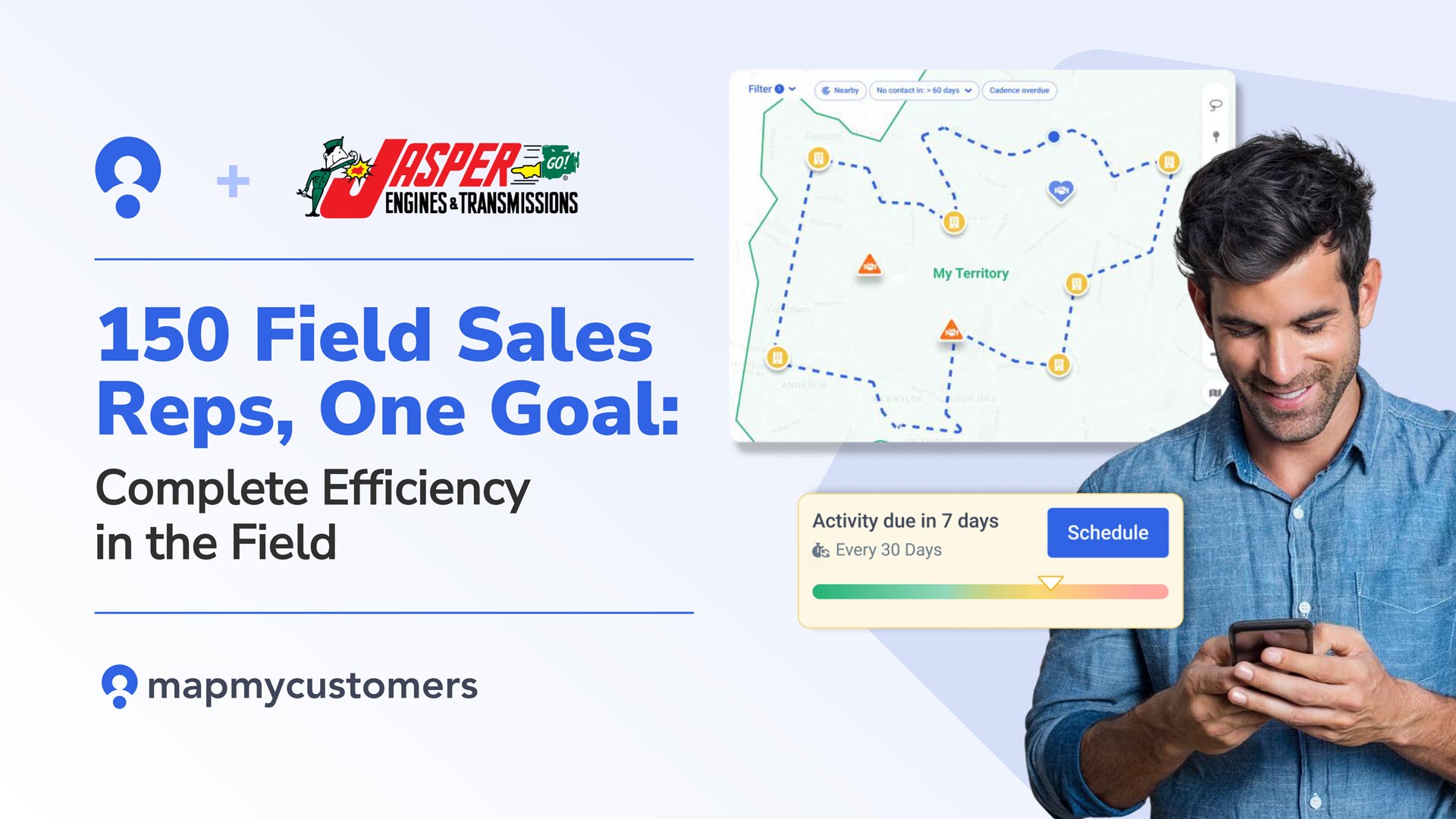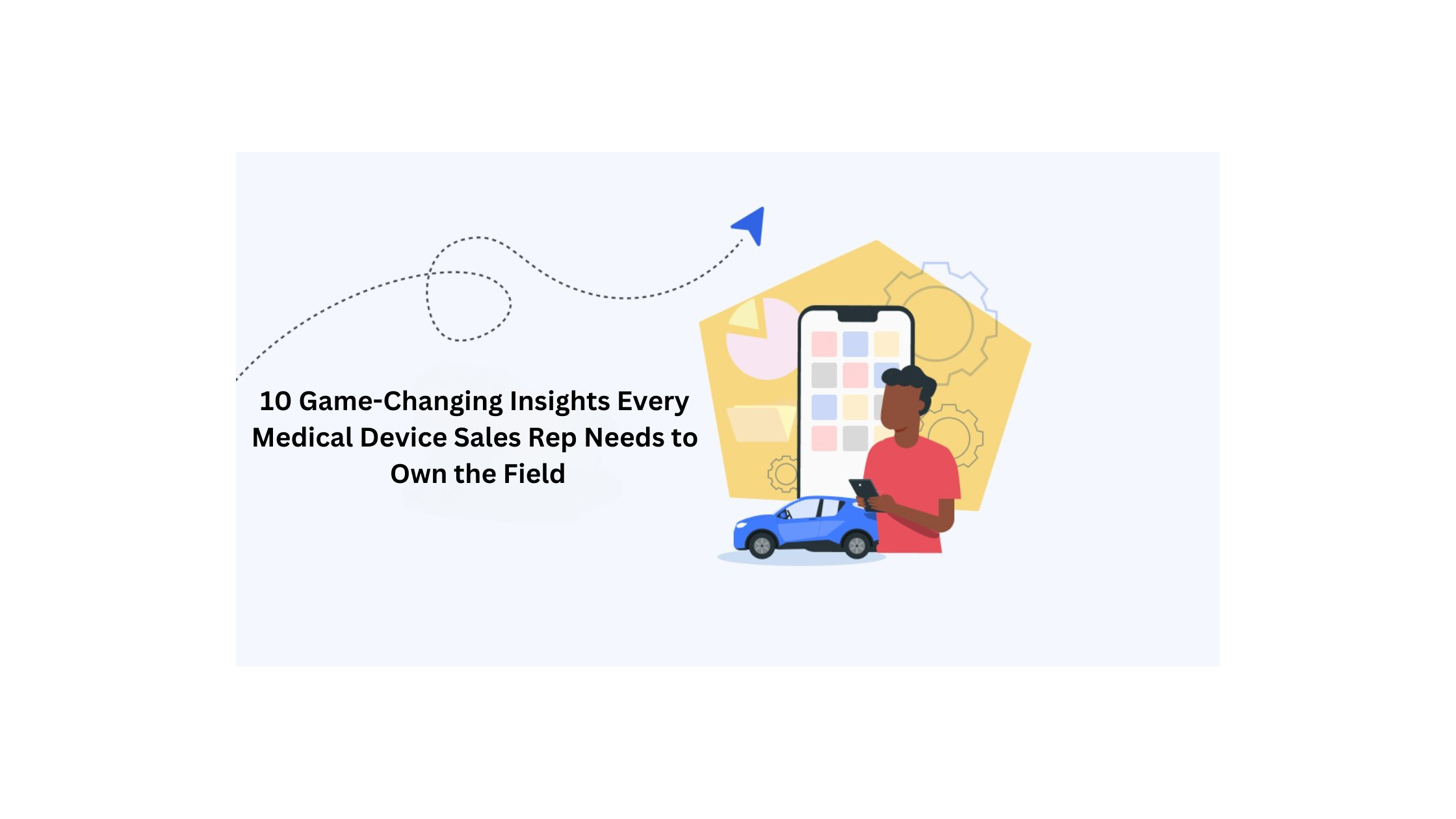There are so many kinds of sales closing techniques out there, but even a cursory read can make one feel… icky.
Techniques like the “hard close” or “take away close” — both of which advise a seller to hold their deals hostage for the buyer’s immediate action — can feel manipulative and carry a high risk of not working. Others have weird names that feel embarrassing to say out loud, like the “puppy close” or “goldilocks close,” and their definitions reveal they’re just versions of bait and switch tactics.
Frameworks exist for a reason — they work. Unfortunately, the popularity of these kinds of techniques have cast a negative connotation on salespeople in general. If the “used car salesman” stereotype just came to mind, you know what we mean.
If you’re in sales and are interested in making great deals that feel as good as they work, there is hope. Although you may have been turned off by what you’ve read in the past, there are options that are both less “salesy” and are successful. Those are ones that use empathy.
What is empathy and why does it matter?
Empathy is one of those concepts that you think you know until someone asks you to explain why it’s different than sympathy.
Brené Brown is a research professor at the University of Houston who studies things like shame, vulnerability, and empathy. A few of her TED talks have gone viral, and she recently released a special on Netflix, so her name might ring a bell.
In her book “I Thought it Was Just Me (But It Isn’t),” she explains the four attributes of empathy:
- Seeing the world as others see it
- Having a nonjudgmental motive
- Recognizing our own feelings as separate from those of others
- Prioritizing their story over your own
Simply put, empathy is feeling with people instead of at people. Empathy is about prioritizing true relationships and connection, rather than spouting half-hearted silver linings. It’s recognizing that their experience may be different than yours, but being interested in what their reality looks like.
So what does empathy have to do with getting a client to close?
In three big ways:
- As more tasks become automated and data-driven, customers are only becoming more sensitive to authentically human connections.
- Millennials and Gen Z consumers want to be associated with ethically led businesses.
- Sales is intrinsically a relationship-building business. Empathy is a vital component to any long lasting relationship of any kind.**
It’s clear: making empathy a key component of your techniques to close a sale is about more than just feeling like a good person (although it certainly doesn’t hurt). At best, traditionally exploitive (or “hard closing”) techniques will make your pitch feel dated. At worst, it will repel valuable new clients, especially ones who are millennial or Gen Z.
But how? Consider the following six ways to close a sale and how they tie into empathy.
1. Make sure you’re seeing the pitch as they see it with “The Summary Close”
Chances are your prospective clients are super busy and may not remember all the details that were featured in your various touchpoints. That’s when the “summary close” may be very effective.
Consider what they may have missed or what various things they were promised through your conversations. Then, put it all together in a conversational summary statement. It should be clear, concise, and doesn’t have to be more than a paragraph long.
Via Pix-Zip
Providing a summary of both what responsibilities you’re taking on well as the most attractive parts of your pitch signals your commitment to what matters to them. It shows them that you’re doing the work to understand what they want to receive and what they expect from you.
A related version of this close is the “Benjamin Franklin Close.” Yes, it’s one of those cringeworthy salesy names, but it’s rooted in a really helpful habit that ol’ BF himself was known to do: the pros and cons list.
Sum up what the pros and cons of the sale could be for the client, and preempt any “cons” with solutions you already have for them. For instance, if some retraining of their team is required to use your service, outline any training materials or resources you already have and how it will work. Of course, this kind of technique is most effective if the pros vastly outweigh the cons.
Either a simple summary or addressing the real pros and cons can do a lot to convince a client but never forget this crucial component: end by asking if that sounds right to them. The “to them” part of that statement is what turns it empathetic — you’re interested in their reality, not just your own.
2. Prioritize their needs over yours with with “The Visual Close”
We’re visual creatures. It can be hard to really conceptualize next steps, but visual aids can make a real impact. According to one study, our brain processes images 60,000 times faster than it does the written word. And who doesn’t want a speedier close process?
Via Pix-Zip
Types of visual cues can be:
- A checklist, with previous stages already crossed off
- A flowchart, with a few alternatives mapped out and what they could mean
- A personalized video, with you expressing your excitement and conversational manner
- A list of charts and figured, tailored for them to present and persuade additional decision makers
This is rooted in empathy because you’re anticipating their needs even though everything might be clear as day to you. So not only does it succinctly sum up what needs to happen next, but implicitly messages how far you invest in making sure the idea is clearly understood by all.
You don’t have to be a graphic designer to make these work. Keep them simple and personalized by using one of the many easy online tools out there to lay out your case. Browse pitch decks and pick out presentation examples that ring true to what you need to communicate.
3. Be authentic with “The Backwards Close”
The usual last step of a sale is defining goals and coordinating referrals but what this technique posits is the question: what if it was at the beginning instead?
It’s delicate, but it can work. The trick is not to use this right away, but after familiarizing them with what your selling then to ask if there are any others in their network that may be interested in the kinds of solutions you’re providing.
Via Pix-Zip
If your conversation has stalled, just ask if there is anyone they know that may be interested in the kinds of services you provide. This is especially useful to make sure you have the right stakeholder at the company you’re targeting.
Coming at it from this angle communicates that you’re invested in the right fit rather than any fit, which shows your interest in an authentic relationship.
4. Use the power of story with “The Storytelling Close”
Find inspiring case studies that fit the demographics of your client and create a deck or video to tell that story. It’s a great way to contextualize any impressive stats and figures your boss may have announced at a recent company meeting.
Make sure your case study hits the emotional touchstones of every great story by including:
- Stakes: What did the client stand to lose if they couldn’t figure out a solution to their problem?
- Hero’s journey: Position both yourself and the client as the hero. How did you meet? How did you work together to accomplish the ultimate goal?
- A twist: Unforeseen circumstances are not an exception, but a rule. How did you pivot together in a creative way?
- Happily ever after: What were they able to achieve in conjunction with your services? Did anything happen that didn’t hit your bottom line, but made the world or their lives better?
Better yet, paint the picture further and insert them into a hypothetical. Explain in vivid detail how their story can change with the use of your product or service, and how it could make their lives better.
Via Pix-Zip
If all of this sounds familiar, it’s because it’s related to the idea of psychological idea of “social proof.” Human beings have a fundamental desire to belong. FOMO has existed for centuries and for good reason: figuring out what has succeeded for others and how it may help our own lives is literally rooted in human evolution.
By telling the stories of how others succeeded by using what you offer, and having the transparent facts and figures to prove it, you can create an irresistible and intrinsically empathetic technique to get your sales relationship off the ground.
5. Get vulnerable with “The Thermometer Close”
If you’ve already done your initial pitch and are finding it hard to get the deal done, it could be because you’re not aware of something they may not consider ideal.
To use this technique, you’ll have to brace yourself to get real vulnerable and ask: “from a scale of one to ten, how interested are you in this?”
If it’s anything less than 10, that means there’s room for improvement. A misunderstanding may have occurred, and this allows you the space to clarify it. Or if it’s just not that compelling to them, it’s time to revise your pitch. Even if you don’t close that sale, you’ll get valuable feedback that can help you in the long run.
The empathy part of this strategy is how you’re admitting that what you’re saying may be less than perfect to them but you’re willing to bridge the gap. We all have blind spots and they’re impossible to know until we do the work to find them. Inviting your prospective client on this journey can build a lasting connection.
6. Use the power of positive thinking with “The Assumptive Close”
You may already be familiar with this one, but there’s a way of doing it that isn’t about pressure but about presentation.
A bad way of using the assumptive close is by implying that they’ve already decided to take you up on your pitch and the only question left is what kind of service they’re interested in. “So are you interested in the salad or the sandwich?”
Instead of that line, use the hidden psychology within the assumptive close to explore an empathy driven approach. Instead of asking about which product they want, identify options that address their primary concerns. If they’ve expressed that their only concern is about something you know has no issue with what you’re offering, reiterate it with confidence.
Example:
“I know we’ve previously discussed how difficult video conferencing is with your international clients. Both of our price tier levels have the same level of quality so you don’t have to worry about that. Which one works for you?”
The motive here is to cut down the overthinking and get to their primary concern quickly and assure them it is irrelevant to the decision. Of course, this only works if it’s true! Make sure that the client has already expressed enthusiastic interest and is asking questions in good faith.
The assertive close works in part due to the power of positive thinking. It’s easier to act your way into new habits than just think them to be true, so too does it work to close a sale. Conceptualizing the next steps as true for the benefit of both your new customer and yourself will communicate that you’re dedicated to leading them through the process.
Above all else, remember: If it’s cliche, it’s not empathy.
With any of the above techniques, remember that using cliches will undercut the power of empathy. You’re not “just checking in.” You’re having a conversation. They aren’t “stakeholders,” they are human beings with their own incentives, needs, and wants.
These basic techniques to close a sale work because they communicate your investment in them instead of your own bottom line. And emphasizing your commitment to empathy in each will give them a fresh spin that will surely catch a lead’s attention, because it shows you’re catering to their results, not yours.









